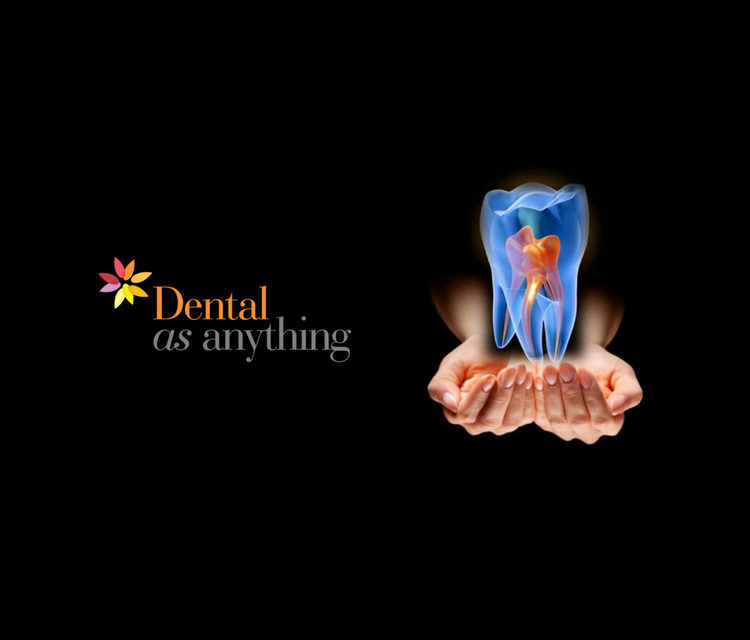Root canal treatment gets a bad rap, doesn’t it?
You only need to search Dr Google and you’ll discover why.
There is every myth under the sun perpetuated by people who may not have a full understanding of the causes and effective treatments.
We’re fortunate to live at a time, and in a place, where we have access to quality dental care. This is great for people who need root canal treatment because the right treatment will stop an abscess from forming. If an abscess has formed, root canal treatment will clear it up in most cases.
For 95 percent of people who undergo root canal treatment, it works.
What happens when you have an abscess?
An abscess is like a sea of pus located below the roots of the teeth in the jawbone, at the bottom or top of the jawbone.
The source of that pus is the degenerated nerve inside. This pushes out below the root of the tooth and into the bone. Root canal treatment allows the inside of the tooth to be cleaned out. The tooth is sealed and the body is generally able to heal itself.
What people don’t understand is there are two parts to root canal treatment – cleaning (the treatment itself) and protecting (to stop the tooth from splitting). Success depends on both being done properly.
What happens when things don’t go right with your root canal?
At the start of this blog, I mentioned root canals get a bad rap. This is why:
One of the big reasons is only half the job is done. This causes all kinds of havoc for patients. The biggest issue is caused by the tooth only being sealed with a large filling.
This is a problem because typically, teeth that receive root canal treatment have already decayed. They may have even had previous fillings and lots of decay. A tooth that’s undergone this much will fracture more easily.
In short, a filling won’t keep the tooth strong for the long term. A better option for patients who’ve had root canal treatment, is having a crown placed on the tooth. Your dentist should always provide that as an option. A crown works like a helmet, covering and protecting the tooth so it doesn’t split.
The downside of the filling option is that the tooth can break away or split even though root canal has been done.
Completely avoidable with the right treatment, this results in a worst case for the patient (and dentist) – a tooth extraction. This is always a last resort (and totally against my personal Teeth. For Life. philosophy), but in these circumstances, there is no alternative if there isn’t enough of the tooth left on which a crown can be placed.
Put a crown (not a ring) on it
This is the exact scenario my mechanic’s wife faced when she came to see me about her root canal. The treating clinician had placed a filling on the tooth, however, the top of the tooth had broken away and couldn’t be saved. And you guessed it, she wasn’t given the option of a crown.
Without the two parts to the equation done completely, there is a very good chance the root canal treatment won’t be effective. For this reason root canal treatment should be provided as a package. It gives patients the very best chance of success with the treatment, lifting the likelihood of success from 40 percent to 90 percent. That’s a big jump.
And root canals do not have to hurt
The perceived pain of root canal treatment can scare people, but the very good news is, root canal treatment doesn’t have to hurt. Yes, you will feel sore for a short time post treatment, but during the procedure itself, it is it is normal to feel nothing at all. You can even watch a movie. Really.
We work very hard to ensure our patients feel no pain during their procedures. It’s one of our highest priorities. If you know you need root canal treatment, be sure to talk to your dentist about how you can manage your pain and anxiety.
A final word
It’s important to acknowledge that every procedure has a risk of failure. With root canal treatment, it’s between two and five percent. If the infection is large, it may be necessary to wait for six months before putting on the crown. This delay can provide greater certainty that the treatment has been effective.
Looking for greater certainty about your oral health? Many of our patient start off by making an appointment on 07 5573 0188 for a COHA (Comprehensive Oral Health Assessment).
“The Comprehensive Oral Health Assessment (COHA) is a Dental as Anything signature service and we love seeing what it does for patients. Our COHA is available to EVERY new adult patient. If you’re not in pain or experiencing an emergency, this is usually where we start. In a COHA we take time to listen and understand your needs, concerns, and goals. We also hear about your previous dental experiences and the impact they’ve had. This is how we build our relationship with you, before we start any work. In the COHA, we complete a detailed examination of hard (teeth) and soft (gums) elements. We take photos, xrays, checks for signs of oral cancer, assess your jaw joint and screen the gums for potential bad bacteria. Because we’re in this for life, we develop a personalised treatment plan that looks at what you need right now AND the big picture for down the track.”



